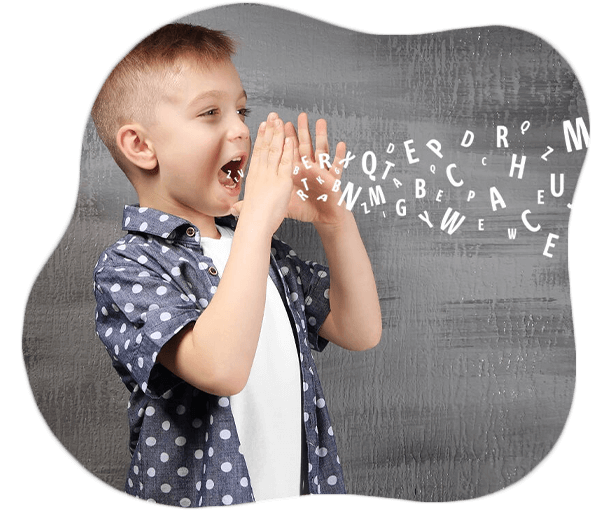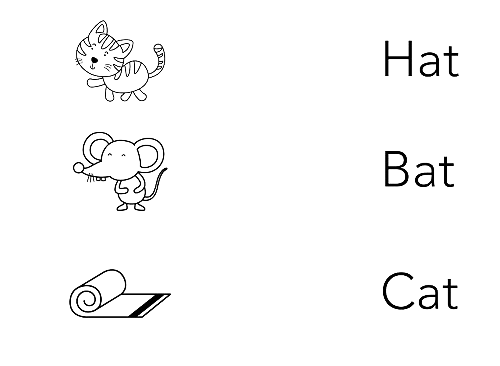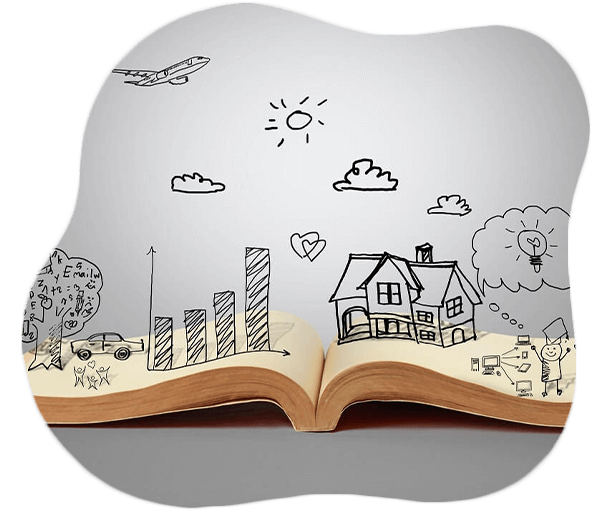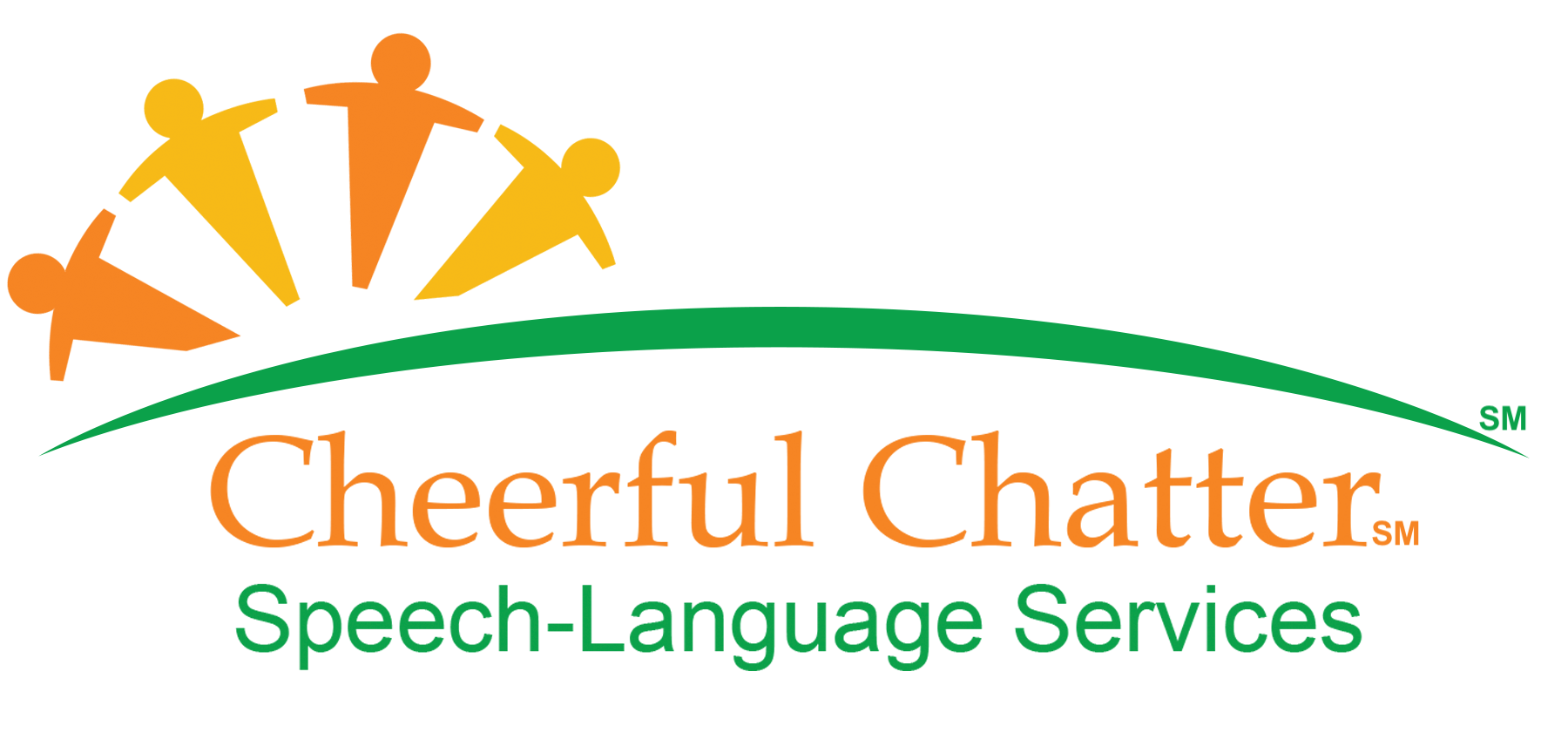A well-trained Speech-Language Pathologist is like a reading tutor, but SO much more!
Find out why SLPs are uniquely positioned to work on all of the skills needed by children struggling with dyslexia and dysgraphia.
Are they frustrated? Do they avoid their work? Do they hate reading? Do they hate school or homeschool?
Children want to be successful. When they’re not, they know it… and they attempt to avoid that feeling at all costs. Many would rather get in trouble than get an answer wrong.
Not all reading and spelling needs are created equal and not all programs are good for all children. Your child needs the right kind of help and they need it before the problem begins to snowball.
But why would they need a speech-language pathologist?
Because letters are symbols that represent speech sounds. Because we read and write language. Because dyslexia is a language-based literacy disorder. Because Speech-language Pathologists are experts in speech and language in every form!
Afterall, If You’re Not Reading and Writing Language, What Are You Reading and Writing©
And, because we understand the speech and language systems to such an advanced degree, we can capitalize on your child’s strengths and teach them using the evidence-based methods with the best functional outcomes (hint, it’s not Orton Gillingham).
But my child can read, they’re just struggling with reading comprehension.
Then they definitely need a language therapist! Those skills stem from oral language and oral comprehension. Their difficulties are likely rooted in vocabulary or syntax. We’ll figure it all out and help them, too! Learn more at the bottom of the page.

What is phonological processing?
Speech sound processing.
Our use of sounds to process and understand spoken and written language. It includes skills such as phonological and phonemic awareness, phonological working memory, and phonological retrieval or rapid naming. Weaknesses in these areas are usually the core weakness in reading and learning disabilities, such as dyslexia.
What is phonological awareness?
The ability to think about sounds in words.
The ability to analyze and manipulate the sound structure of a language. An example is rhyming. By changing the first sound in a word, you create a rhyme… cat, hat, rat, bat. Difficulty in this area will lead to a slow-down in a child’s ability to figure out how sounds work in words. Unfortunately, if they’re struggling with sounds, they will also struggle with letters because letters represent sounds.


What is phonological memory?
The storage of sounds in temporary short-term working memory. We use this skill when remembering how much to pay a cashier, repeating a phone number until we’re able to write it down, and recalling the sounds in a word as we attempt to sound it out or spell it. If a child can’t keep track of the sounds they’re attempting to use, reading and spelling will be very challenging.
What is letter-sound knowledge?
Knowing how sounds and letters go together.
The ability to link the sounds coming out of our mouths and the letters we see, write, and type. This skill is dependent on phonological awareness. Without it, our brains cannot make the necessary connections and create the new neurological networks necessary for reading and spelling. To put this skill in perspective, English has 26 letters, roughly 44 sounds, and literally hundreds of ways to represent those sounds using letters. No wonder so many children struggle!

Speech-to-Print Is the Way to Go!
Our brains are built for speech sounds and oral language… We don’t need formal training to learn to listen, understand, speak, and communicate. However, our brains are not built for reading and writing. We are literally not wired that way. That is why the transition to written language is so hard for many; it’s why 20% of the population struggles with dyslexia.
Speech-to-print approaches start with speech sounds… the most naturally-acquired form of language. They routinely include a strong emphasis on phonological skills which are at the root of dyslexia. Additionally, spelling is actually the primary focus because we know that children who learn to read, learn to read. However, children who learn to spell, learn to read and spell! Sadly, most print-to-speech programs only provide a cursory review of phonological skills and spelling.
In speech-to-print approaches, speech sounds are paired with the various letters and letter combinations that can be used to spell them. All of the words we use in everyday interactions (including those we borrowed from other languages) are addressed, as are a variety of self-cueing strategies children can use to increase their independence. Children experience very limited levels of frustration because these approaches and strategies capitalize on the neural networks of language that already exist.
Speech-to-print approaches are very different than how most schools and reading tutors typically teach children to read… Most of them use print-to-speech approaches that only briefly review the skills at the root of dyslexia, start with letters which have a different organizational system, use more rigid rules, add complex directions, and work backwards to the sounds. Not only is there a lot to remember and do during the act of reading, but those approaches typically ignore everyday words we borrowed from other languages like mosquito and ballet. For struggling early readers, print-to-speech approaches are usually much more difficult to acquire and master.
This discussion is not meant to discredit print-to-speech approaches and programs like Orton Gillingham, Wilson®, Fundations®, Barton®, etc. But it’s important to remember that all of those programs are based on an approach that was developed about 100 years ago. We’ve learned a lot about how the brain works since then!! It’s time to use that knowledge.
Speech-to-Print approaches reflect the last 20 years of reading research. Skills are more naturally acquired, children begin progressing almost immediately, and the best functional outcomes are within reach!

But they can read… they just don’t understand what they read.
Reading comprehension problems are language comprehension problems!
Even if a child can sound out or read words, they may still have trouble connecting the dots between the sounds they hear and say, the words they see and write, the meaning of those words, how those words combine to create different types of sentences, how paragraphs relate to each other, etc. If this is the case, they will always struggle to understand what they read.
Sometimes, understanding different sentence structures is at the root of the problem. Sometimes, it’s about how sentences are ordered to create paragraphs and stories. As speech language therapists, we are the best profession for the job. After all, this problem is a language problem & we are language specialists.


